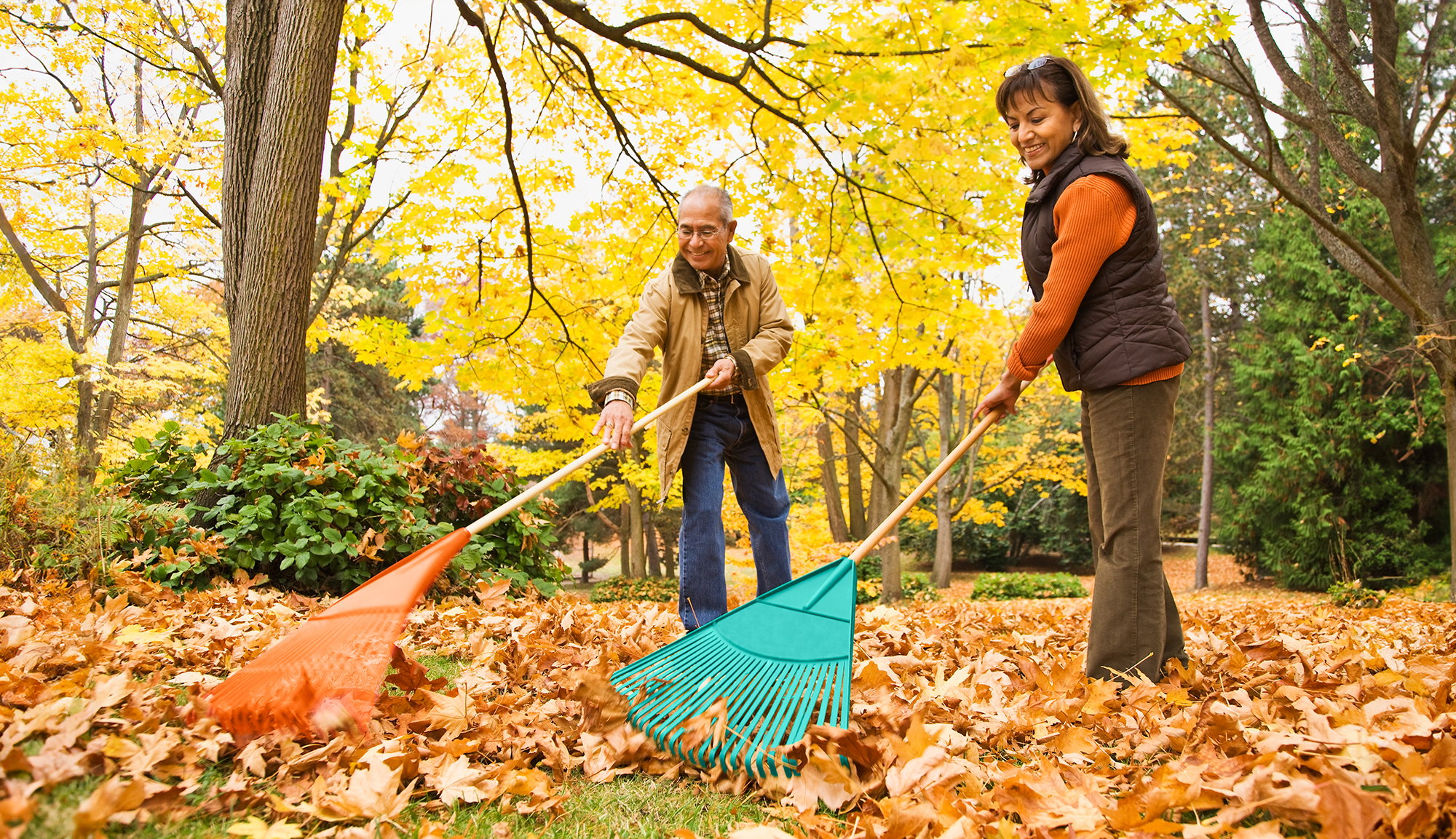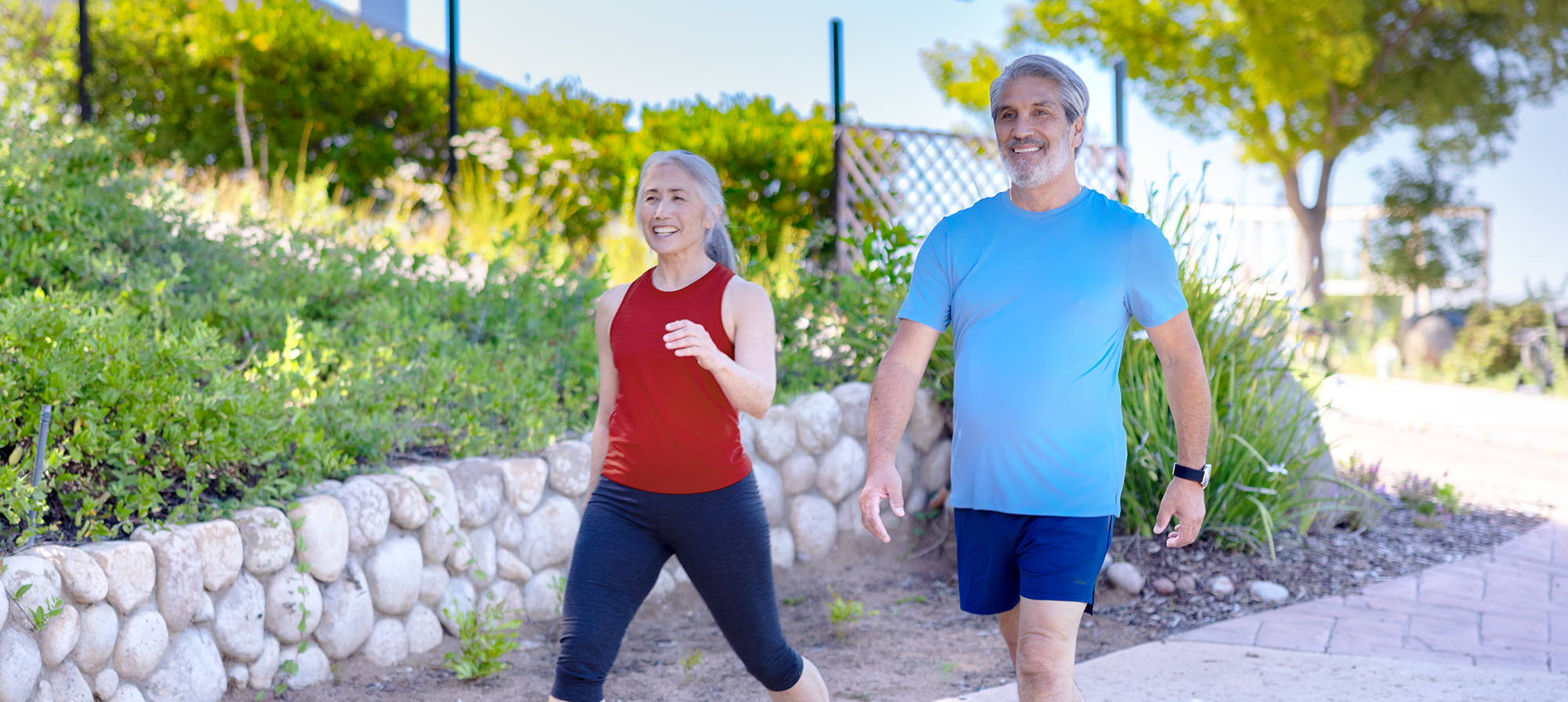Short bursts of exercise—called “snacks”—can help fight off the unhealthy effects of a sedentary lifestyle. They can help kickstart your fitness routine, too.
For many, the thought of getting started with a full workout routine may seem out of the question. Perhaps you’re too busy. Or maybe aches and pains or other health issues have kept you from being more active.
Fortunately, formal workout routines at the gym aren’t the only way to stay fit. You may want to think about trying exercise “snacks,” instead.
Exercise snacks are short fitness routines that you make time for when you can. Say you only have 15 minutes to spare. That is still enough time to reap the perks of exercise. If you can squeeze in more than one 15-minute bout each day, great! But even one session offers tangible health and fitness gains.
One recent study suggests that even a robust 5-minute workout, done a few times a day, can make a big impact on your health. The benefits include a lowered risk of heart disease, stroke, type 2 diabetes, and more.
This study also noted that a high-intensity workout even as short as 1 minute may have a positive impact! The catch, of course, is that you’d want to squeeze in several of these 1-minute snacks over the course of the day. In any case, these short workouts are still a big improvement over an otherwise fully sedentary day.
And perhaps the best part? Exercise snacks don’t need to be a structured workout. You just need a couple minutes of some kind of activity that gets you breathing hard and your heart rate up! That might be an intense session of yard work, house chores, or a brisk walk up and down a set of stairs.

Say “no” to a sedentary lifestyle
The benefits of staying physically fit have long been known. But what’s becoming clear is how problematic a sedentary lifestyle can be. More and more studies show that too much sitting for long periods of time can cause real harm to your health. It can raise your risk of obesity, heart disease, high blood pressure, high cholesterol, and diabetes .
It’s easy to fall into a rut and become sedentary. Let’s face it. The couch is comfy, and it doesn’t take any energy to use it. Add in a slew of popular TV shows, social media, video games, and even remote work, and you may find that you spend more time in front of a screen than you realize. And more screen time often means more sitting.
It’s the extended periods of sitting and the subsequent inactivity that are so damaging. That’s why it’s so important to find ways to break up how much time you spend sitting each day. And these short exercise snacks offer a useful tool for helping you take those breaks and to make them active!

Finding ways to get your exercise snacks in
It’s easy to tell yourself you’ll get more active. But actually getting started can be tricky. That’s what makes exercise snacks so helpful. You don’t need to talk yourself into starting a strict exercise routine with 30- to 45-minute workouts several days each week. You only need to motivate yourself to move for a few minutes at a time.
Here are a few ideas for weaving exercise snacks into your day:
- Get up and move every hour. Set an alarm on your smart phone to remind yourself to get up and move. Take a short, brisk walk through your neighborhood or the park. Take a trash bag with you on your walks and help tidy up your street while you’re at it.
- Do some brief, high-intensity bouts of exercise. You might also use your breaks from sitting to jog or march briskly in place. Or do some jumping jacks, a core plank, or some push-ups. If these exercises seem too hard, you can use a wall or countertop for the core plank and push-ups. You can also do low-impact versions of the jumping jacks. Increase the intensity of your exercise snacks slowly over time as you build your strength and endurance.
- Park farther away. Simple things like parking in the back of the lot at the grocery store can add a lot more steps to your daily routine.
- Get outside. If you live near a city park, take some short walks or hikes outdoors. Or hit the backyard for a short but vigorous bout of weeding, raking, or shrubbery trimming.
- Take the stairs. When the opportunity arises, skip the elevator and take the stairs instead. Say your appointment is on the first floor of a 3-story medical building. What better opportunity to get a little stair climbing in? Go ahead and take a short detour and climb the stairs to the top floor, even though you don’t need to.
There’s no limit to what your snacks can consist of. Get creative and keep your eye out for out-of-the ordinary opportunities to move. Going to the corner market for a few necessities? Walk there and back and get a set of bicep curls in while carrying your bags of groceries. Make it a fun part of your day instead of thinking of it as a chore.

Ramp up the intensity once you feel ready
If you start to find your exercise snacks are feeling a bit too easy, start taking them up a notch. The more vigorous your activity is, the more these short workouts will do for your health.
What makes a workout more vigorous? If it’s hard for you to catch your breath or say a few words, it’s vigorous!
Below are some ways you can ramp up the intensity of your exercise snacks. But keep in mind that some of these exercises are advanced and require that you’re already fairly strong and fit. So, pick the types of high-intensity exercises that align with your current fitness levels:
- Short jogging/running sprints
- Jumping jacks or jump rope
- Mountain climbers (use a countertop or wall for an easier version of these)
- Lunges
- Chair squats
- Fast marching in place
- Hill or stair climbing
Keep in mind that it’s especially important to begin each snack with a warm-up to get your blood flowing. And don’t forget to end with a brief cooldown each time as well.

Consistency is key to establishing a fitness routine
Because exercise snacks are mainly short bouts of activity, doing them only once in a great while won’t do much for your health and fitness. Try to sneak these snacks in often—every day—and do so consistently. You might even want to set reminders on your phone to alert you every hour—at least until you’ve established your fitness routine.
How many exercise snacks should you do? Aim for 3 or 4 exercise snacks each day. And try to do them several days a week, if you can. You can do each snack for 1 minute, 5 minutes, or 10 minutes, based on your current fitness level. Ideally, you may want to work up to a total of 30 minutes of combined snacks each day, 5 days a week.
The curse of the “active couch potato”
If you have a regular workout routine already in place, that’s terrific. By no means should you stop that and replace it with exercise snacks instead. However, you may want to add a few exercise snacks into your day—even if you already have an established fitness routine.
Here’s why: Say you do full workouts 5 days a week but sit the rest of the time—maybe at a desk all day or in front of the TV at night. Even though you work out regularly, you may still be sitting too much in between those workouts. Your lifestyle is still not quite active enough.
Studies suggest that too much sitting in between your workouts may have some of the same bad effects on your health as no exercise at all. This problem is sometimes referred to as being an “active couch potato.”
To avoid becoming one yourself, add a few exercise snacks into your day—even if you get regular workouts in each week. This will reduce your overall sitting time and bring your total activity up to even healthier levels. Even adding a handful of 1- or 5-minute exercise snacks into your day may help you avoid active couch potato syndrome.
Exercise snacks alone may not turn you into a lean, mean, exercise machine. But adding them to your daily life will get you closer to the recommended 150 minutes of moderate-intensity exercise each week . Even if you’re not getting to that number every week, staying even a bit more active each day is a great way to avoid a sedentary lifestyle.
If you have any health conditions, talk with your doctor before you get started. Let them know you’d like to find more ways to start getting fit. And ask if starting off with short bouts of exercise is safe for you. Your doctor can also advise you on the best intensity level to start with—which might be low, moderate, or high—depending on your current level of fitness.
As you get into the habit of adding more bursts of movement into your day, you might be surprised by how great you start to feel. That, in turn, may motivate you to keep it up. You may feel naturally inclined to add more exercise snacks to your day. Before you know it, you may find that you now have a novel, but effective kind of fitness routine in place. And this new habit is one that will improve your health now and for years to come.

Not a Silver&Fit® member? Learn more about everything the program has to offer, including more helpful healthy living tips like this, here on our website.
This information is not intended to take the place of regular medical care or advice. Please check with your doctor before using this information or beginning any self-care program. Images used for this article do not depict any members of the Silver&Fit Program.
References
Ahmadi, M. N., Clare, P. J., Katzmarzyk, P. T., Del Pozo Cruz, B., Lee, I. M., & Stamatakis, E. (2022). Vigorous physical activity, incident heart disease, and cancer: how little is enough? European Heart Journal, 43(46), 4801–4814. https://doi.org/10.1093/eurheartj/ehac572
Centers for Disease Control and Prevention. (2022, June 2). How much physical activity do adults need? http://www.cdc.gov/physicalactivity/basics/adults/
Gibala, M. J., & Little, J. P. (2020). Physiological basis of brief vigorous exercise to improve health. The Journal of Physiology, 598(1), 61–69. https://doi.org/10.1113/JP276849
Healy, G. N., Dunstan, D. W., Salmon, J., Cerin, E., Shaw, J. E., Zimmet, P. Z., & Owen, N. (2008). Breaks in sedentary time: Beneficial associations with metabolic risk. Diabetes Care, 31(4), 661–666. https://doi.org/10.2337/dc07-2046
Islam, H., Gibala, M. J., & Little, J. P. (2022). Exercise Snacks: A novel strategy to improve cardiometabolic health. Exercise and Sport Sciences Reviews, 50(1), 31–37. https://doi.org/10.1249/JES.0000000000000275
Jenkins, E. M., Nairn, L. N., Skelly, L. E., Little, J. P., & Gibala, M. J. (2019). Do stair climbing exercise "snacks" improve cardiorespiratory fitness? Applied Physiology, Nutrition, and Metabolism,44(6), 681–684. https://doi.org/10.1139/apnm-2018-0675
National Institute on Aging. (2020, April 3). Exercising with chronic conditions. https://www.nia.nih.gov/health/exercising-chronic-conditions#:~:text=Endurance%20exercises%20make%20the%20heart,joints%20are%20swollen%20or%20inflamed.
University of California Irvine News. (2012, November 26). Brief exercise immediately enhances memory, UCI study finds. http://news.uci.edu/press-releases/brief-exercise-immediately-enhances-memory-uci-study-finds/
Wollseiffen, P., Ghadiri, A., Scholz, A., Strüder, H. K., Herpers, R., Peters, T., & Schneider, S. (2016). Short bouts of intensive exercise during the workday have a positive effect on neuro-cognitive performance. Stress and Health, 32(5), 514–523. https://doi.org/10.1002/smi.2654
This article was written by Jason Nielsen, edited by Gail Olson, and clinically reviewed by Jaynie Bjornaraa PhD, MPH, PT, SCS, LAT, ATC, CSCS, CSPS





